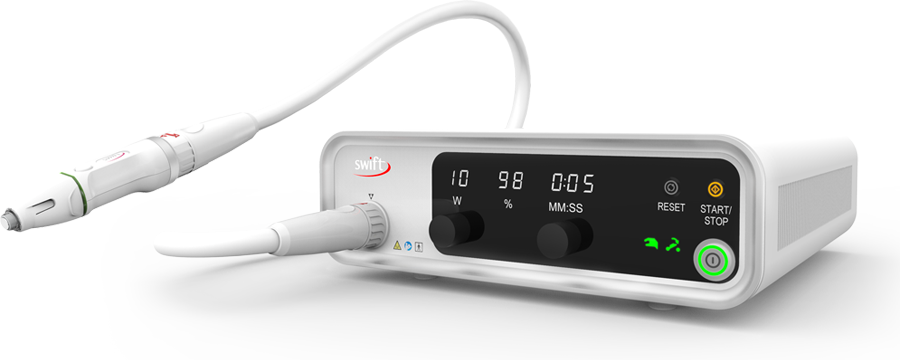Causes And Symptoms
Plantar warts or verrucae are caused by an infection of the outer layer of the skin by the HPV virus. Plantar warts typically not cancerous, they are caused by a non-malignant strain of the HPV virus. There are over 100 types of HPV virus and only a few of them causes warts on the foot. The infection causes the skin to overgrow and thicken, leading to a benign (non-cancerous) skin growth, which appear as a wart.
Warts are more likely to develop if you have the following risk factors
- Children and teenagers
- People with weakened immune systems
- People who have had plantar warts before
- People who walk barefoot in common environment such as such as bathrooms, changing room of gyms and swimming pools
Typically, plantar warts appear to be rough, sometimes raised area of the skin, typically with tiny ‘dots’ visible at the centre. They can be extremely painful while walking or standing.
Signs and symptoms of plantar warts include
- A small, fleshy, rough growth on the bottom of your foot, usually the base of the toes and ball of the foot or heel
- Hard, thickened skin (callus) over a well-defined “spot” on the skin
- Appearance of ‘Black dots’, which are commonly called wart seeds but are actually small, clotted blood vessels
- Normal lines and ridges in the skin of your foot are interrupted
- Pain or tenderness when walking or standing
When Should You See A Podiatrist
Most plantar warts clear with time and can be left untreated without causing any problems. Sometimes, it is difficult to tell a plantar wart (viral infection) from a corn (hard skin) It is highly recommended to seek expert advice from a Podiatrist if your wart becomes painful on weightbearing or you notice a ‘spread’. You should not attempt to self-treat, especially if you are an elderly, have diabetes or a weakened immune system as this may increase the risk of infection.
Podiatrist Recommended Care Tips For Preventing Plantar Warts
- Avoid walking barefoot in shared communal spaces, such as swimming pools and changing rooms.
- Keep the wart covered with a plaster and wash your hands frequently to avoid spreading plantar warts to other people.
- Keep your feet clean and dry. Clean your shoes and change your socks daily.
- Do not pick or scratch warts.
- Do not use the same emery board, pumice stone or nail clipper on your warts as the ones you use on your healthy skin and nails.
Treatment Options
Swift® Microwave Therapy – Atlas Podiatry is the first in Asia adopt the technology

The Swift® device uses state-of-the-art technology to deliver precise and highly controlled microwave energy into the affected area of the skin. This works to stimulate the patient’s body into a healing response and treat plantar warts at their source.
The Swift® procedure is a quick, clean and non-invasive option that requires little to no recovery time. It is the preferred treatment method at Atlas Podiatry.
Cryotherapy
Cryotherapy involves the application of liquid nitrogen to stimulate your immune system to fight viral warts.
This treatment freezes warts to form blisters that fall off in a week. Repeated treatments are required for the wart(s) to disappear.
Wart Needling
Wart needling is a procedure where the verruca/warts are repeatedly pricked with a hollow needle to deliberately cause bleeding. This will activate the patient’s immune system, which then engages and destroys the virus responsible for the wart, encouraging organic healing of the area.
